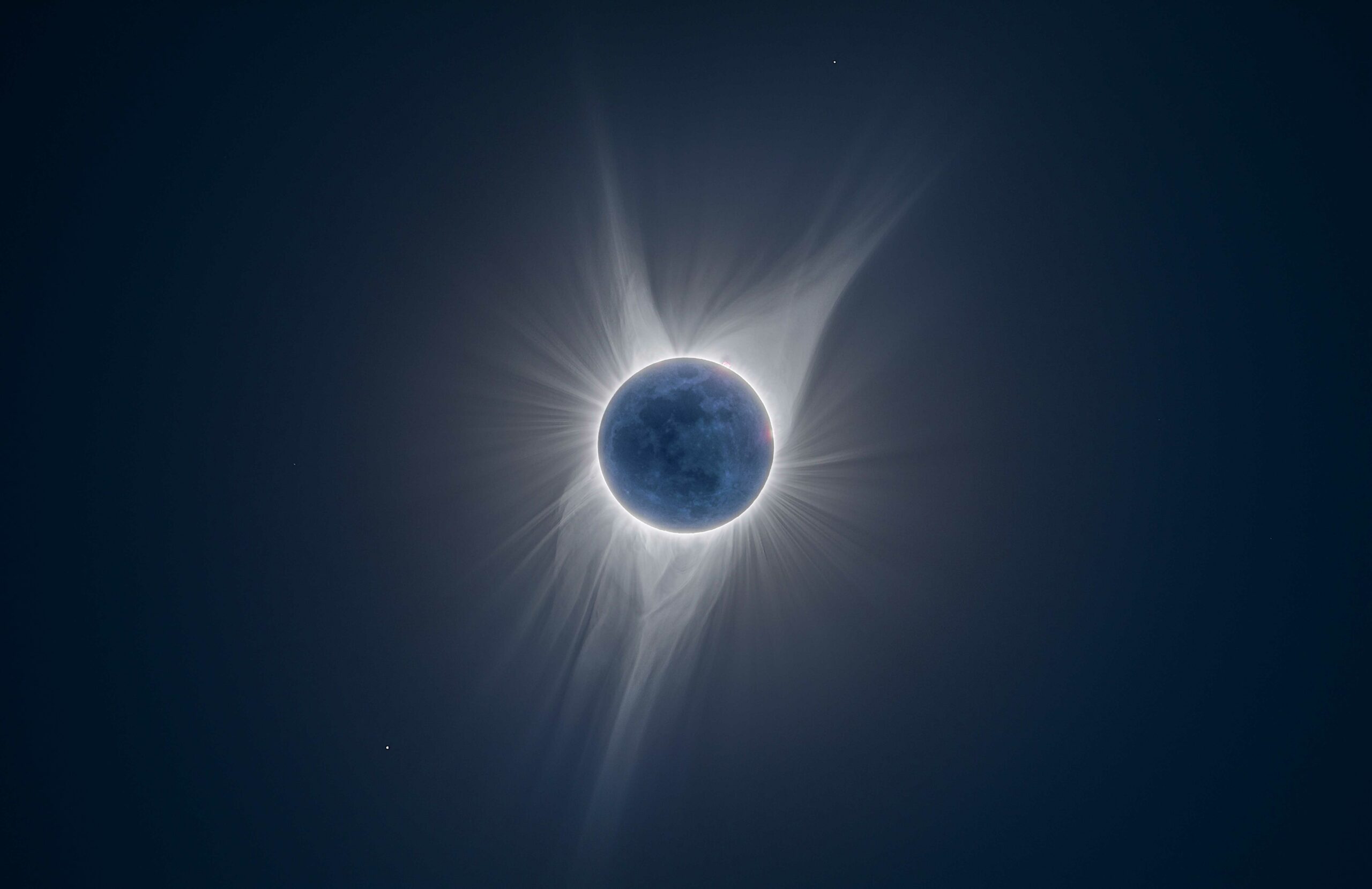When we think of celestial phenomena, our minds often drift to dazzling events like meteor showers or the enchanting hues of a sunset. However, one lesser-known marvel graces our night sky with a delicate glow that might remind some of the mystical light emitted by the Auryn in “The NeverEnding Story” or the enigmatic presence of the Death Star illuminating the vastness of space. This captivating phenomenon, known as earthshine, provides an ethereal view of the Moon that beckons stargazers and curious minds alike. So, what exactly is earthshine, and how can you witness this mesmerizing display? Buckle up as we embark on a journey of discovery through the realms of our lunar companion.
Earthshine refers to the soft illumination of the darkened portion of the Moon, observed when the Sun sets the Moon aglow by reflecting light off Earth’s surface. Picture this: during a crescent moon phase, when the sun falls behind the horizon and casts its rays on the Earth, illuminating it in a way that the light bounces back into the void of space. The result? A gentle, ghostly glow that reveals the contours of the Moon that would otherwise be invisible to the naked eye. It’s akin to uncovering hidden elements in a vibrant painting, where the illuminative strokes dance upon an otherwise shadowy canvas.
In the darkest nights, as the Moon waxes to its crescent shape, stargazers might find themselves captivated by this natural wonder. Much like a friendly acquaintance, earthshine surprises us each time we look. The phenomenon is most prominent right after new moon when its crescent phase is most visible. So, if you’re ever in a situation where the Moon is merely a sliver of its full self, take a moment to admire the soft light painting the dark side of the lunar surface. It’s quite reminiscent of an archaeological excavation, where layers of history are revealed through sheer patience and keen observation.
From an astronomical perspective, earthshine emerges due to the interplay of several factors. During the new moon phase, the light from the Sun not only reflects directly off the lunar surface but also bounces off the oceans, cities, and landscapes of Earth. This reflected light finds its way back to the Moon, illuminating the lunar surface dimly and giving it an almost ethereal prominence. This interplay of sunlight, Earthshine, and lunar visibility evokes echoes of ancient legends, such as those depicted in mythological stories of gods and celestial beings interacting with our world.
But, how can a mere mortal experience this splendid phenomenon? Finding earthshine requires a cozy environment, free from the contamination of artificial light, and a keen eye for observation. Gadgets such as telescopes or binoculars can enhance your viewing experience, but sometimes the best view emerges when one steps outside, gazes toward the crescent moon, and grants nature a moment of attention. Envision a serene evening much like those spent by cartoon heroes from beloved animated series, who traverse vast lands, discovering hidden treasures and ancient relics of the stars. Embrace your inner explorer and watch as the Moon reveals its secrets to you.
Additionally, it is vital to understand that observing earthshine comes with some intrinsic challenges. Atmospheric conditions play a significant role, and the clarity of your vision depends largely on the whims of the weather. Much like the turbulent emotions of a “Harry Potter” character, earthshine can be unpredictable. Cloudy skies may conceal the magic, while the perfect conditions present an exquisite spectacle. Therefore, patience is essential when embarking on your lunar adventures.
Throughout history, earthshine has been captured in mesmerizing photography, revealing breathtaking images of the Moon bathed in a delicate cobalt-blue hue. One notable photograph taken during the total solar eclipse of 2017 by photographer Peter Ward captures this phenomenon beautifully; the image frames the interplay of celestial bodies with a sense of wonder and mystique. Photographs like this allow us to traverse time and space, connecting us to the ancient ideas of celestial patterns and their significance in various cultures worldwide.
Now, let’s delve into the cultural resonance of earthshine. As people ponder the night sky, myriad interpretations arise. Some cultures view this soft light as a symbol of hope—the darkened part representing trials and tribulations, while the light signifies positivity and perseverance. Earthshine can evoke thoughts reminiscent of wisdom imparted by beloved characters like Gandalf the Grey, urging us through our dark moments with a glimmer of robustness that exists just beyond the horizon.
In modern times, the fascination with earthshine collides beautifully with astrophotography and the convergence of scientific inquiry into art. As technology advances, more individuals capture images of this subtly glowing moon, asserting our innate desire to connect with the universe. Sharing these visuals in social media realms encourages the proliferation of knowledge, drawing others into the celestial dance taking place above our heads. Much like how our fantasy heroes team up to challenge adversities, stargazing enthusiasts and astrophotographers unite to explore the mysteries inherent to our existence.
As we cultivate our awareness of earthshine, let us also foster a respect for the cosmos. It is an echo of the interconnectedness of nature—a tranquil reminder that amidst the noise of daily life, magic exists in the quiet luminosity of the world around us. The next time you gaze upon that crescent moon, take a moment to appreciate the gentle luminance of earthshine, a rare occurrence that deserves its rightful place in the annals of celestial marvels.









Leave a Comment